GRE Quantitative Reasoning
The GRE Quantitative Reasoning measure is NOT a test of advanced math. In fact, remembering all the geometry proofs, calculus, and trigonometry that you learned back in high school won’t help you at all on the GRE Math section. The difficulty of GRE Quantitative Reasoning comes from the need to logically reason your way through each problem. Once you figure out what the question is asking (often easier said than done), the math involved in solving the problem is actually fairly basic. Let’s take a look at how to study for GRE math and the tools you’ll need to do for an efficient GRE math review.
Three Primary GRE Quant Concept Categories
Most of GRE Quant appears in word problem format. The rest appears in purely mathematical form. In most cases, the mathematical concepts and abilities tested fall into three main categories:
- Arithmetic
- Algebra
- Geometry
- GRE Math Practice Questions
- GRE Quantitative Diagnostic Test
- GRE Practice Test
- Quantitative Comparison Practice
- Problem Solving Question Types
- GRE Math Formula eBook
- GRE Math Formulas Cheat Sheet
- Study Plans:
- The positive direction of a number line is to the right and the negative direction is to the left.
- Distances are nonnegative.
- Prime numbers are greater than 1.
Free Math Resources
For a full list of the topics that fall under these categories, be sure to check out the Introduction to the Quantitative Reasoning section article on the Educational Testing Service (ETS) website. Luckily, these concepts don’t get much harder than the Algebra II level math classes that most of us took in high school.
ETS has also partnered with Kahn Academy to offer a comprehensive Math Review that promises to help you understand the concepts needed to solve problems as well as how to reason quantitatively.
GRE Quantitative Reasoning Question Types
There are four types of questions on the GRE Math test:
1) Quantitative Comparison Questions
You’ll be given two values: Column A and Column B. Your goal is to determine the relationship between the two.
Example:
Choose the correct statement.
When Car S covered a distance of D on a track, it covered 25% more distance than Car T had covered on the same track.
| Column A | Column B |
|---|---|
| The distance covered by Car T | 0.80D |
2) Multiple-Choice Questions—Select One Answer Choice
Your basic multiple-choice format with five answer choices.
Example:
The price of a pair of sneakers was $80 for the last six months of last year. On January first, the price increased 20%. After the price increase, an employee bought these sneakers with a 10% employee discount. What price did the employee pay?
3) Multiple-Choice Questions—Select One or More Answer Choices
Exactly how it sounds…multiple-choice on steroids.
Example:
Both P and Q are positive numbers, and S is a negative number. Which of the following fractions could be undefined?
4) Numeric Entry Questions
Instead of five answer choices to guide you, you’ll type your answer into a box.
Example:
If  what is the value of n?
what is the value of n?
You can practice all of the GRE Math question types here!
GRE Math Practice
Want even more practice? For a high-quality GRE math review of all different question types, check out the following Magoosh quant resources:
GRE Math Prep Resources
Struggling with a particular question type? As you prepare to take GRE quant, here are some other GRE math prep resources you can use to keep your studying on the right track!
Other Important Info
GRE Assumptions
Math on the GRE follows the basic number conventions that you learned in high school:
Data Interpretation Sets
Some of the GRE Quant questions appear on their own, independent of other information. Others appear as a set of questions called a Data Interpretation set. Data Interpretation questions are all based on the same set of data presented in tables, graphs, or some other sort of display.
Here’s an example of how data interpretation can show up on GRE math.
GRE Calculator
Let’s keep this short and sweet: Can you use a calculator on the GRE? Yes, but it looks something like this:
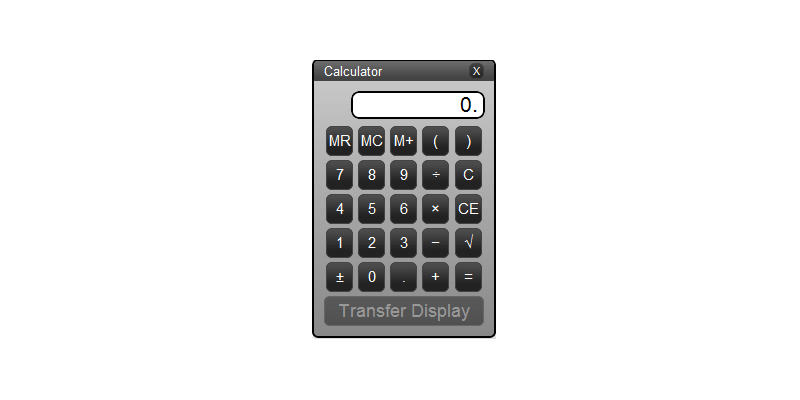
How to Study for GRE Math
So you’ve bought a few of the major GRE prep books, and you’re ready to rip into the quantitative part. You’ll read through each book, page by page, and by the end, GRE math mastery will be yours. If only!
Studying for GRE quant is actually much more complicated than the above. Indeed many become quickly stymied by such an approach, feeling that after hundreds of pages and tens of hours they’ve learned very little, and asking themselves … “But, how can I ever learn GRE math?!”
To avoid such a thing befalling you, keep in mind the following important points on how to study for the GRE quantitative section.
Using Formulas on GRE Math
How can formulas be bad, you may ask? Aren’t they the lifeblood of the GRE math? Actually, formulas are only so helpful. And they definitely aren’t the lifeblood of the quant section. That would be problem-solving skills.
Many students feel that all they have to do is use the formulas and they can solve a question. The reality is you must first decipher what the question is asking. Only at the very end, once you know how the different parts come together, can you “set up” the question.
All too often, many students let the formulas do the thinking. By that I mean they see a word problem, say a distance/rate question, and instead of deconstructing the problem, they instantly come up with d(distance) = r(rate) x t(time) and start plugging in parts of the question. In other words, they expect the question to fall neatly into the formula.
If you find yourself stuck in a problem with only a formula or two in hand, remember that the essence of problem solving is just that: solving the problem using logic, so you can use the formula when appropriate.
Start Slowly With GRE Math—Then Build
Many students learn some basic concepts/formulae and feel that they have the hang of it. As soon as they are thrown into a random fray of questions, they become discombobulated, uncertain of exactly what problem type they are dealing with.
Basic problems, such as those you find in the Manhattan GRE math books, are an excellent way to begin studying. You get to build off the basic concepts in a chapter and solve problems of easy to medium difficulty. This phase, however, represents the “training wheels.”
Actually riding a bike, much like successfully answering a potpourri of questions, hinges on doing GRE math practice sessions that take you out of your comfort zone. In other words, you should try a few GRE math practice questions chosen at random in your GRE math review. Opening up the Official Guide to the GRE and doing the first math questions you see is a good start. Even if you haven’t seen the concept, just so you can get a feel for working through a question will limited information.
Oftentimes students balk at this advice, saying, “but I haven’t learned how to X, Y, or Z yet.” The reality is that students can actually solve many problems based on what they already know. However, because the GRE “cloaks” its questions, many familiar concepts are disguised in a welter of verbiage or other such obfuscation.
Study All Concept Areas
Some students become obsessed with a certain question type, at the expense of ignoring equally important concepts. For instance, some students begin to focus only on algebra, forgetting geometry, rates, counting and many of the other important concepts.
This “tunnel vision” is dangerous; much as the “training wheels” phase lulls you into a false sense of complacency, only doing a certain problem type atrophies the part of your math brain responsible for being able to identify the type of question and the steps necessary to solve it.
Focus on the Most Commonly Tested Areas
This is a subset of “tunnel vision.” Really speaking, it is a more acute case. To illustrate, some students will spend an inordinate amount of time learning permutations and combinations problems, which might show up once or twice (or not at all). Study time is always better spent on more heavily-tested content areas, such as number properties and geometry.
Check Your Answers!
Quantitative Comparison
Answer: C. The two quantities are equal
Watch the video explanation here!
Multiple Choice: One Answer Choice
Answer: $86.40
Watch the video explanation here!
Multiple Choice: Multiple Answer Choices
Answer:
A. P/(Q + S)
B. Q/(P + S)
E. S/(P − Q)
Watch the video explanation here!
Numeric Entry
Answer: 1
Watch the video explanation here!
GRE Math: An Overview
In a nutshell, that’s everything you need to know about how to study for GRE math! Keep in mind that you’ll want the strongest GRE math preparation material possible. As you prep for the exam, remember to take practice tests, focus on the most commonly tested areas (but study ALL areas), pace yourself, start slow and build from there, and use formulas sparingly. This will help get you where you want to be on test day to get the GRE scores you want and get into the graduate schools of your dreams. Good luck!

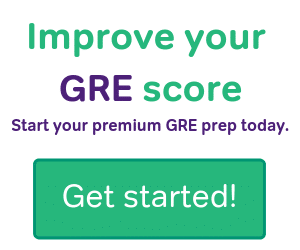
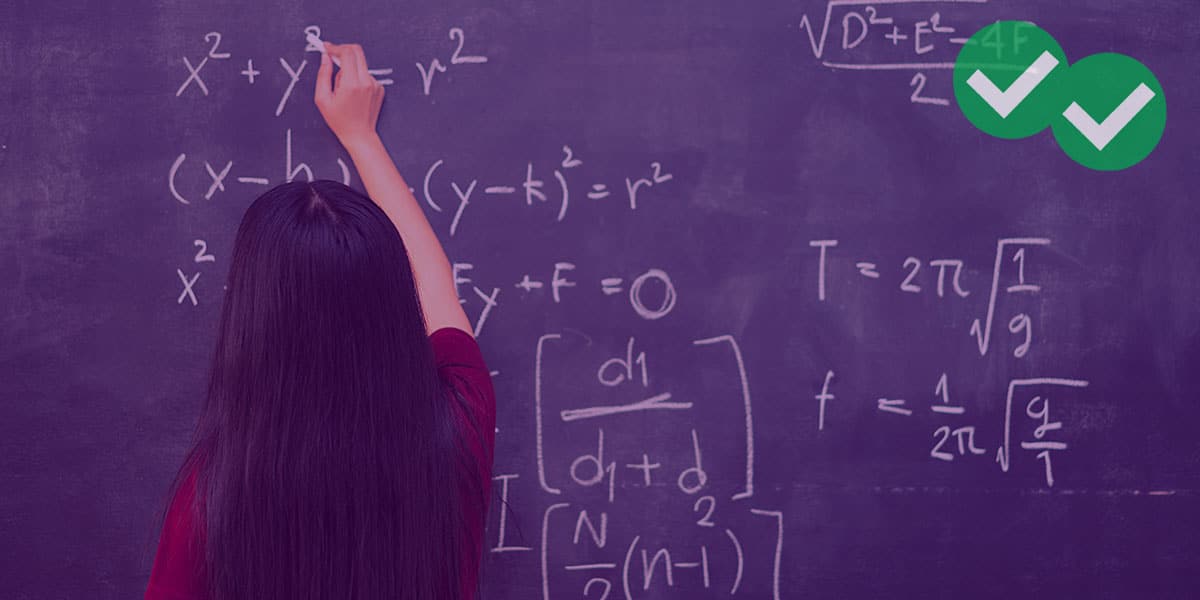
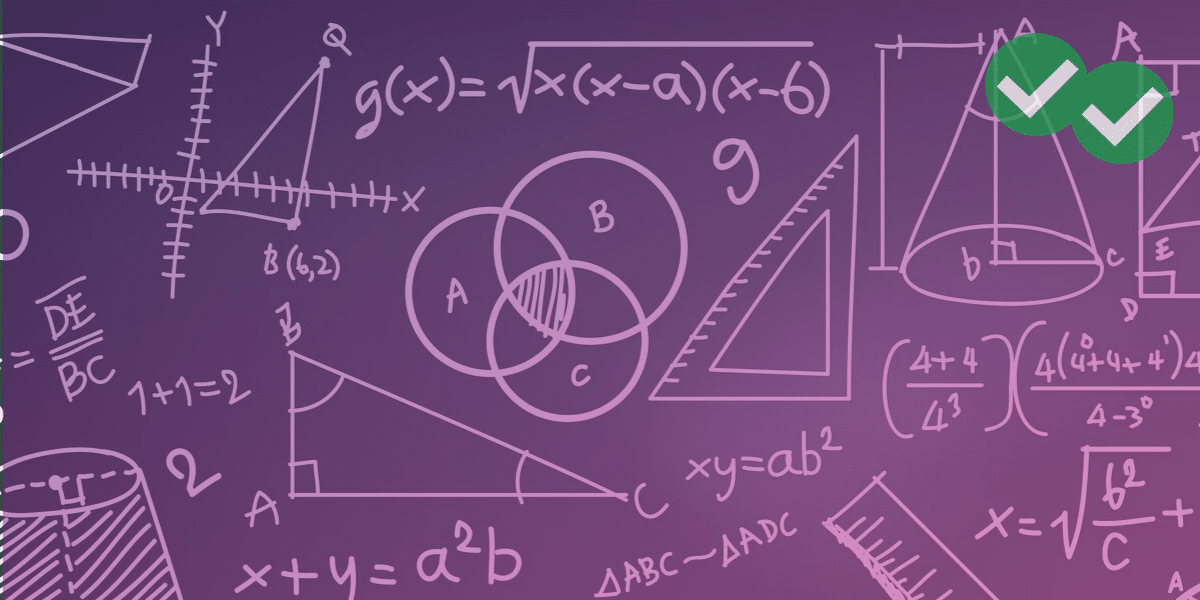
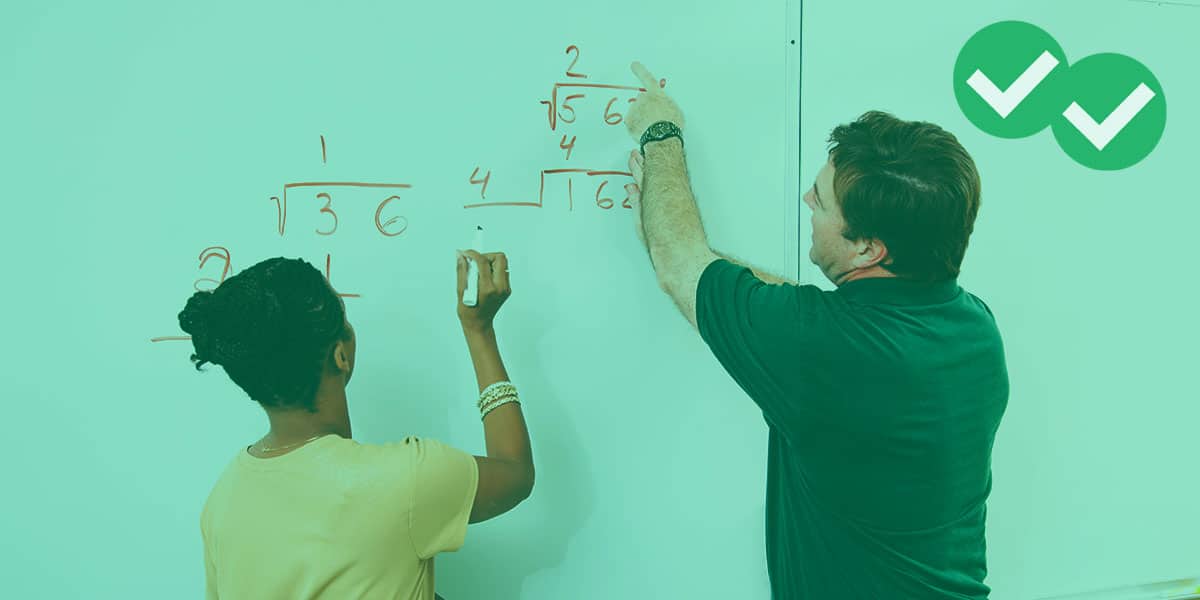
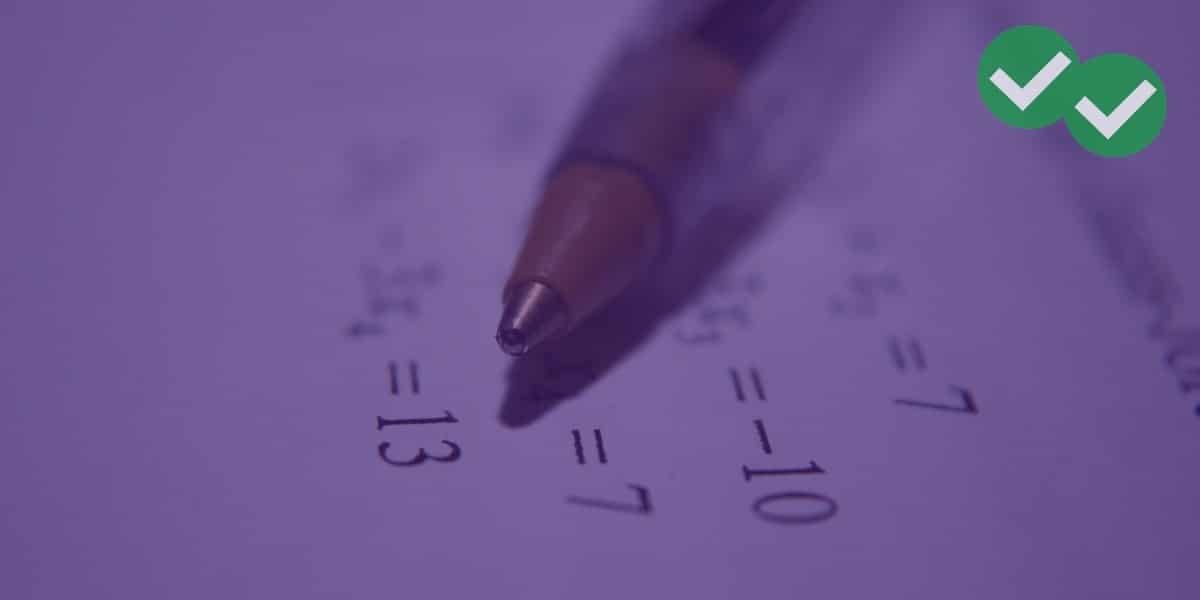
Leave a Reply